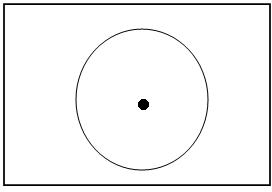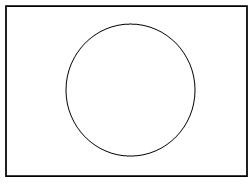Kit for in vitro detection of GPI (Glucose-6-Phosphate Isomerase) antigen and preparation method thereof
A phosphoisomerase and antigenic technology, applied in the field of bioengineering, can solve the problems of long time and complicated procedures for detecting GPI concentration, and achieve the effects of convenient detection results, accurate detection results and significant technological progress.
- Summary
- Abstract
- Description
- Claims
- Application Information
AI Technical Summary
Problems solved by technology
Method used
Image
Examples
Embodiment 1
[0018] Embodiment 1. colloidal gold preparation condition selection:
[0019] 1. 300 ml of 10.05% gold chloride solution, heated to boiling;
[0020] 1.2 Add 3.6 ml of 5.0% trisodium citrate;
[0021] 1.3 Continue heating and boiling for 15 minutes, stop heating, wait until it cools to room temperature, and restore to the original volume with distilled water;
[0022] 1.4 Experimental results:
[0023] Wavelength λ: 540 535 530 525 520 510nm.
[0024] ABS value: 0.528 0.715 1.481 0.902 0.699 0.601
[0025] Visually observe the color of the colloidal gold solution: red and transparent.
Embodiment 2
[0026] Embodiment 2. Colloidal gold conjugate preparation condition selection:
[0027] 2.1 Selection of pH value of colloidal gold-labeled goat anti-GPI antibody:
[0028] Select the appropriate pH value of the colloidal gold-labeled goat anti-GPI antibody, use 1.0% anhydrous sodium carbonate solution to adjust the pH value of the colloidal gold-labeled antibody, and compare the appropriate pH range of the colloidal gold-labeled goat anti-GPI antibody through detection sensitivity.
[0029] Experimental results:
[0030]
[0031] The experimental results showed that the pH range of the colloidal gold markers had better sensitivity in the pH7.2-7.5 and pH7.5-8.0 groups, but when the positive spots were observed visually, the positive spots in the pH7.5-8.0 group were found to be darker and darker. Therefore, it is recommended that the pH range of the colloidal gold label should be controlled at pH 7.2-7.5, that is, for every 100 ml of colloidal gold, add 2.4 ml of 1.0% anh...
Embodiment 3
[0036] Embodiment 3. Detection plate preparation condition selection:
[0037] 3.1 Comparison of the pH conditions of the coating medium at the detection point:
[0038] Experimental Materials:
[0039] (1) Nitrocellulose membrane with a pore size of 0.45 μm;
[0040] (2) Coating buffer: 1.0M NaHCO 3 ;
[0041] NaHCO 3 (Analytical pure) 8.401 grams, put into container, measure process water with graduated cylinder and pour into container, wait to dissolve, then take process water to make up volume to 100 milliliters, mix;
[0042] (3) Detection point antibody: goat anti-GPI antibody (1.0mg / mL);
[0043] experiment procedure:
[0044] (1) Detection point antigen processing:
[0045] Goat anti-GPI antibody (1.0mg / mL) stock solution, pH=7.0-7.5, neutral;
[0046] Goat anti-GPI antibody (1.0mg / mL) stock solution 0.05ml add 1.0M NaHCO 3
[0047] 0.005ml, mix well, pH≥8.0;
[0048] (2) Coating: Take 2.0uL of the detection point antigen and add it on the nitrocellulose mem...
PUM
| Property | Measurement | Unit |
|---|---|---|
| Concentration | aaaaa | aaaaa |
| Aperture | aaaaa | aaaaa |
Abstract
Description
Claims
Application Information
 Login to View More
Login to View More - R&D
- Intellectual Property
- Life Sciences
- Materials
- Tech Scout
- Unparalleled Data Quality
- Higher Quality Content
- 60% Fewer Hallucinations
Browse by: Latest US Patents, China's latest patents, Technical Efficacy Thesaurus, Application Domain, Technology Topic, Popular Technical Reports.
© 2025 PatSnap. All rights reserved.Legal|Privacy policy|Modern Slavery Act Transparency Statement|Sitemap|About US| Contact US: help@patsnap.com



